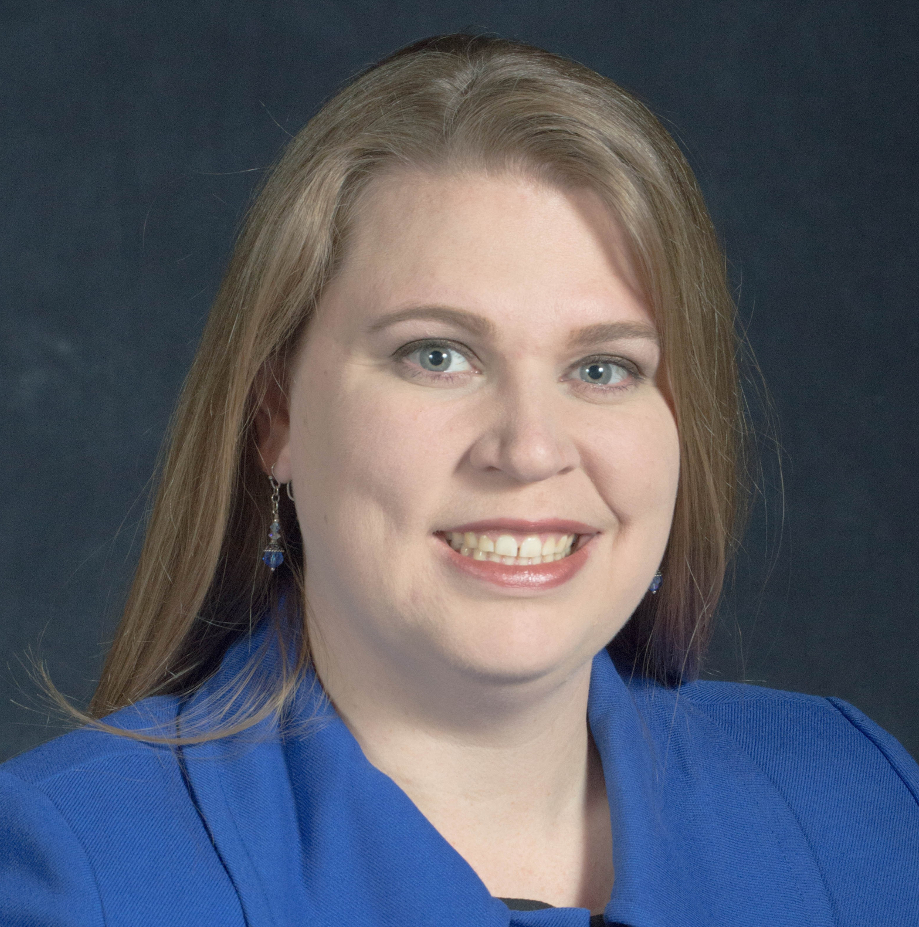How to Save the Day and Convince Your Executives to Adopt Customer Success
Sometimes change stinks.
New Coke.
When the "Most Interesting Man in the World" turned into one that was just "Sort of Interesting."
That one time a major retailer dared to change their logo.
We often can't handle change. Why can't things just work as they are right now?
Welcome to the world of an executive. To these folks at the top, life is best left to a series of small shifts and adjustments. Major change isn't often needed. The machine only needs tuning.
If you had hundreds of employees whose hopes and dreams, families, and financial stability relied on your choices, you'd be pretty cautious too.
What if you, regular employee, see an opportunity to help your company? Something that might require a bit of change?
If you're a frustrated sales rep, customer service pro, account manager, or just an employee who's concerned with customer churn, you might have an interest in Customer Success.
Customer loyalty is struggling for a reason. Being reactive to issues isn't enough but it's what most companies settle for. There must be more resources dedicated to sniffing out problems before they arise, and ensuring customers have optimal experiences.
That's Customer Success. It's a different approach, one that requires dedicated resources and investments.
One that your risk-averse superiors may be hesitant to adopt.
You're the right person to lead it. And I can help show you how.
Things Change
Marketing departments didn't have automation specialists or conversion rate optimizers 10 years ago. Product development departments weren't fighting to hire web developers with Ruby and React skills. Sales departments had salespeople, not SDRs and "Sales Stacks."
Things change and progress. Sometimes those changes are driven by executives. Sometimes, however, they come from employees who recognize opportunity.
Is that you? Are you a concerned salesperson or account manager who wants to stem the tide of customer churn?
This is your opportunity. You can be a superhero that prevents the loss of thousands of dollars and big blows to your organization's reputation.
Building change and momentum from the inside out is tough, especially when that change requires an investment into something that isn't centered around strictly new business.
Here's your blueprint for selling Customer Success to your organization, and specifically, your sales-focused executive team.
Look for the Pain
 Make sure the need is there.
Make sure the need is there.
In other words, if your company isn't losing customers (particularly key customers), then you may not need a Customer Success effort. Great job!
For everyone else, the best time to bring up Customer Success is when you've lost a key customer or account. Even the most new business-obsessed executive will wince after seeing a major customer depart.
Their first instinct will be to go hunting for more new customers to replace those who churned. Which is fair and necessary.
You can present another option, though. A way to stop this from happening again.
Show How Things Could Have Been
It isn't enough to just point out that key customers are bailing. Spend some time with the "why."
Why did they leave?
And how could they have been saved?
Chances are there were warning signs no one noticed.
It could've been low engagement. They didn't open emails. They weren't logging in. They were only utilizing a small segment of your service instead of the full enchilada.
In a B2B shop, maybe there was some turnover on their executive team.
Customer Success pros are the ones who watch for these signs and proactively create a plan to address them. Show your executive how it could've been different, if only someone had been paying closer attention.
Don't just focus on the loss. Show the potential. Loyal, engaged customers are highly profitable on many levels.
Build a Team
If you're not reporting directly to an executive, start with your direct manager. Brainstorm and scope out some ideas and solutions. Once you have a clear vision, begin working your way up the ladder.
As you work your way up, customize your pitch to each layer. Not every executive is obsessed with profitability. Some care about risk, others are all about reputation. Revenue matters to everyone, but isn't always the only thing that matters.
Similarly, Customer Success isn't just about securing revenue. It's about your reputation as a company and the value you place on your own products, services, employees, and customer relationships.
It's about your willingness to be vulnerable, to change, to grow, and sometimes to scrap something that just isn't working.
The money is only one piece of the pie.
Brainstorm and Collaborate
Executives have risen to the top for a reason. They're smart, savvy and comfortable in issuing the orders others fear. They know their stuff.
You should bring a clear idea of your Customer Success vision, but be prepared for pushback. Have a plan, but be open to adjustments and different approaches. They're going to have ideas of their own.
Think of it more as a collaboration. Executives often see things from a different angle than managers and employees. They have years of experience and hearing from disgruntled high roller customers. Don't take what they say with a grain of salt.
Know What You Lack
As I mentioned earlier, Customer Success requires a slightly different skill set than most employees possess.
Customer Success Managers should have a knack for analytics, technical ability, communications, leadership, and engagement execution. You can find bits and pieces of these in your account managers, sales reps, and customer service reps, but probably not a full combination.
That doesn't mean you need to go out and hire off the streets. Your next CSM may already be on staff, possessing a few of the skills. It might be more financially efficient to train this person in what they lack than to search for a unicorn employee.
Set a Goal
You can sell the dream of 99% customer retention, but there could be trouble when that doesn't happen. Work with your executives to set incremental goals.
What looks like success in year one? Even six months?
Find a previous benchmark, then set a realistic goal that everyone can agree upon.
"If we improve retention by _____ percent in 2017, then we will expand our Customer Success efforts by _______% in 2018."
Those numbers, and the amount of funding and support you receive, may not be what you dreamed of, but they're a start.
Building a consensus and setting that goal together will make for an undeniable case for expansion if things go as planned.
Leverage the Community and Learn Together
CEOs in particular are often risk-averse. It's important for them and others to know that Customer Success is not a new, risky idea. It's existed in various forms for many years, and recently has become dialed in thanks to the efforts of technology companies.
It works for just about any company that's willing to try it, however. And there's a wide community of support out there.
Take an executive to a Customer Success event and learn together. Introduce them to some of the established professionals in the space.
Read some of the wicked smart people who freely volunteer their knowledge out on blogs, like the folks at ClientSuccess and Gainsight. Sign execs up for webinars and buy them books on the topic to read.
Besides educating themselves, they'll likely feel comforted knowing that there's a community built around the idea. It doesn't remove all the risk, but it shows that the concept isn't radical at all.
Pull Back the Curtain and Show Early Metrics
 Much of customer success is putting your data to use. Sometimes it's data you didn't even know you had or data that's only used by one department, like your customer service team being the keepers of NPS.
Much of customer success is putting your data to use. Sometimes it's data you didn't even know you had or data that's only used by one department, like your customer service team being the keepers of NPS.
It'll take some manual effort most likely, but look for data you can compile to paint a clear picture. Learn your NPS and CSAT scores, along with usage and other important KPIs.
Ideally, you'll be able to show a current customer health landscape, with clear ideas on how a focus on certain goals could turn around underperforming customers.
The Customer Success Salesperson
If you're in sales, some of this sounds familiar.
Building trust. Working your way up the ladder. Setting realistic goals. Showing how others have succeeded. Leveraging the community.
These are solid sales principals that have been used for years.
You're probably not a sales professional, but if you really want to see a Customer Success effort in your company, you'll need to become one.
The good news? Once you get a program in place and get comfortable working directly with clients, the returns will be plain to see. Customers won't just stick around; they'll engage and become allies. They'll spend more, more frequently, and give your customer service department less grief.
That's well worth the effort.
Topics: Customer Success

Written by: Emily Hayes







.jpeg)






Share your Comment.